Why do Wang ce's coffee beans have different colors? the uniqueness of low-temperature yeast treatment.
# 227 belongs to the high-end Maker's Serier among the many coffee items of 90 +, and this series belongs to the contestant-level items participating in coffee competitions around the world.
As long as you are willing to participate in the competition and get the approval of 90 +, you can go to the place of origin and work with the origin processor to complete the coffee product you want.
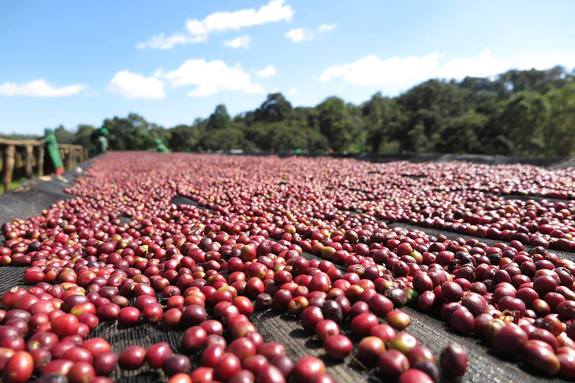
In the report of Uncle Coffee's interview with Chad Wang, the description of # 227 is:
"after picking the fully ripe bright red fruit by hand, sieving out the too small size and washing with water, the hypoxia fermentation is carried out in a confined space, and the fermentation temperature is also controlled at a lower room temperature, that is, making coffee while blowing air-conditioning.
Soak in clean water and ferment for about 72 hours, followed by sun drying. It is about 1 or 2 layers thick on the tanning bed, and it takes 21 days of sun exposure to achieve a completely different unique flavor! "
The hidden sentence that is not found in the above paragraph is whether the yeast spread in the environment was captured naturally or screened during the 72-hour fermentation. In fact, in the 2017 + global online label batch, there are as many as five or six items made by Jose Alfredo. Friends who have tried to drink reflect that some of the items have obvious flavor characteristics like bean curd or soy sauce. I believe that different fermentation methods have been introduced in the process of post-production.
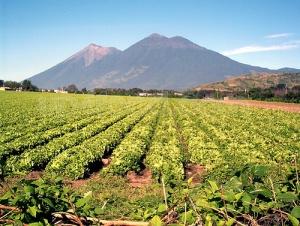
The Panscience website describes beer yeast as follows: "Beer history has revolutionized since the 15th century, when monasteries in Bavaria began to adopt low-temperature fermentation so that beer could be brewed in winter. Since then, the beer world of Lager and Ale has been very different. For example, global sales of Lager Beer reached $250 billion in 2008, and you can hardly find Ayre in domestic convenience stores.
The difference between Rag and Saccharomyces bayanus is mainly in fermentation temperature, the former is slightly lower than room temperature because of the difference in yeast. Eyre uses a mixture of Saccharomyces cerevisiae and Saccharomyces bayanus, known as Saccharomyces carsbergensis, and also because of the discovery and contribution of biologist Pasteur, also known as yeast.
Contemporary Lagar breweries use mixed strains of Pasteuria, including popular brands in continental Europe, North America and Asia, and China is no exception, while the UK continues the traditional brewing method and remains the stronghold of El and Stout. "
In fact, in the past three years, the global high-end boutique coffee industry continues to innovate in post-processing methods, which has made washed coffee have a unique fruit flavor in the sun-drying process, while sun-cured coffee has greatly reduced the original criticized over-fermented sour taste.
These methods to improve the quality of coffee will not only improve the picking quality of pickers and the cleanliness and maintenance level of the treatment plant, but also use specific yeast fermentation to some extent.
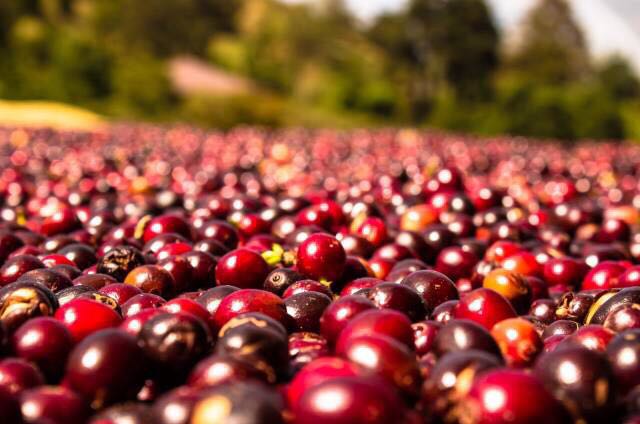
So far, the coffee bean fermentation process seen on the market has emphasized "low temperature fermentation", perhaps because their environmental yeast belongs to Lageromyces cerevisiae. But since these processes belong to the secret of the treatment plant, which yeasts are used separately?
Or have you used El yeast or even lactic acid bacteria to ferment coffee beans? The flavor of the fermented coffee is unknown.
In the future, coffee hunters who travel to and from various producing areas will not only chase a variety of noble varieties of flavor, but also understand different processing processes, which will be an important basis for improving the diversity and quality of coffee flavor.
Origin: Chiriki province, Panama
Aroma: 10
Acidity: 9
Body: 9
Taste: 10
Aftertaste: 9
Cup test evaluation:
The delicate and deep aroma is almost inconceivable in terms of fruit and flower performance. Fruits from grapefruit to litchi to passion fruit; flowers and lavender, roses. There is a reduction in chocolate and cheese cognac, and the last delicious resonance we call sweet mushrooms. Succulent, floral acidity; sticky, syrup taste. When finished, it is decorated with complex floral notes, short and round sweet fruits and rich cognac chocolates.
Introduction:
This coffee is a collaboration between JBC brothers Michael Johnson and Ninety Plus Coffee's Joseph Brodsky. It is made entirely from coffee trees of the famous Gesha Arabica variety and is processed through proprietary changes in the wet process, in which the coffee fruit is fermented and washed before it is actually dried. According to Brodsky, "this particular process is the result of the discovery of specific bacteria that exist locally in Ninety Plus Gesha Estates, and when applied to Gesha, it is observed that this bacteria produces a unique flavor. These bacteria are then cultured and applied in a controlled manner to concentrate and enhance their effect on the fermentation process. Lv 227 is part of a series of coffees (Jose Alfredo Gesha series) in 2017, which demonstrate this unique flavor to varying degrees. "packed in attractive and reusable decorative cans. The vision of JBC coffee roasters is simple: by purchasing and roasting the best and most unique coffee available, "Let coffee lead the trend" and reward farmers who grow coffee at a substantial premium.
Important Notice :
前街咖啡 FrontStreet Coffee has moved to new addredd:
FrontStreet Coffee Address: 315,Donghua East Road,GuangZhou
Tel:020 38364473
- Prev
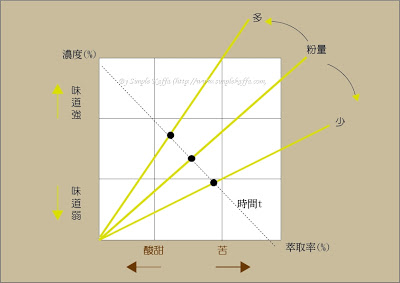
[Dry goods] Listen to champion Wu Zelin's analysis of "Gold Cup Theory"
Professional barista communication please pay attention to coffee workshop (Weixin Official Accounts cafe_style) around more and more friends playing coffee, some of whom are very serious about coffee this thing, often put forward some constructive, reference value experience or experience, of course, will also extend a variety of problems to be explained to be clarified to be confirmed. There have been a lot of fans lately.
- Next
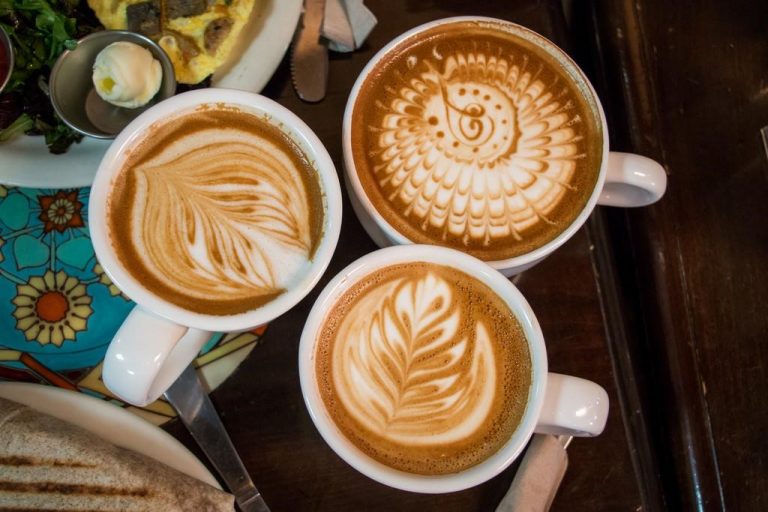
From a professional point of view: how to brew coffee with stable quality?
For professional baristas, please pay attention to the trendy elements of the coffee workshop (official Wechat account cafe_style) cafes: tattoos, a leisurely atmosphere, and creative flower patterns, which can explain why some people say that coffee is an art, not a science, but there are rules behind these arts. Follow this rule when you give your guests hundreds of cups of coffee every day.
Related
- What is the meaning of lactic acid fermentation with coffee bean treatment?
- How to judge the state of foam by sound?
- How does the latte pull out the unicorn pattern? Come to get for a little trick to improve the flower pull!
- Will flower pulling affect the taste of the latte?
- Do you know the history of coffee?
- The difference between honey treatment and sun washing what is raisin honey treatment?
- What kind of milk can a novice use to make coffee foam to keep the foam longer? The correct method and skills of milking tutorial sharing
- Why do washed coffee beans taste sour? Flavor characteristics of washed Coffee
- Introduction to the skill of how to practice the size and height of water injection around the circle of hand-brewed coffee
- How do beginners practice coffee flower drawing from scratch?

